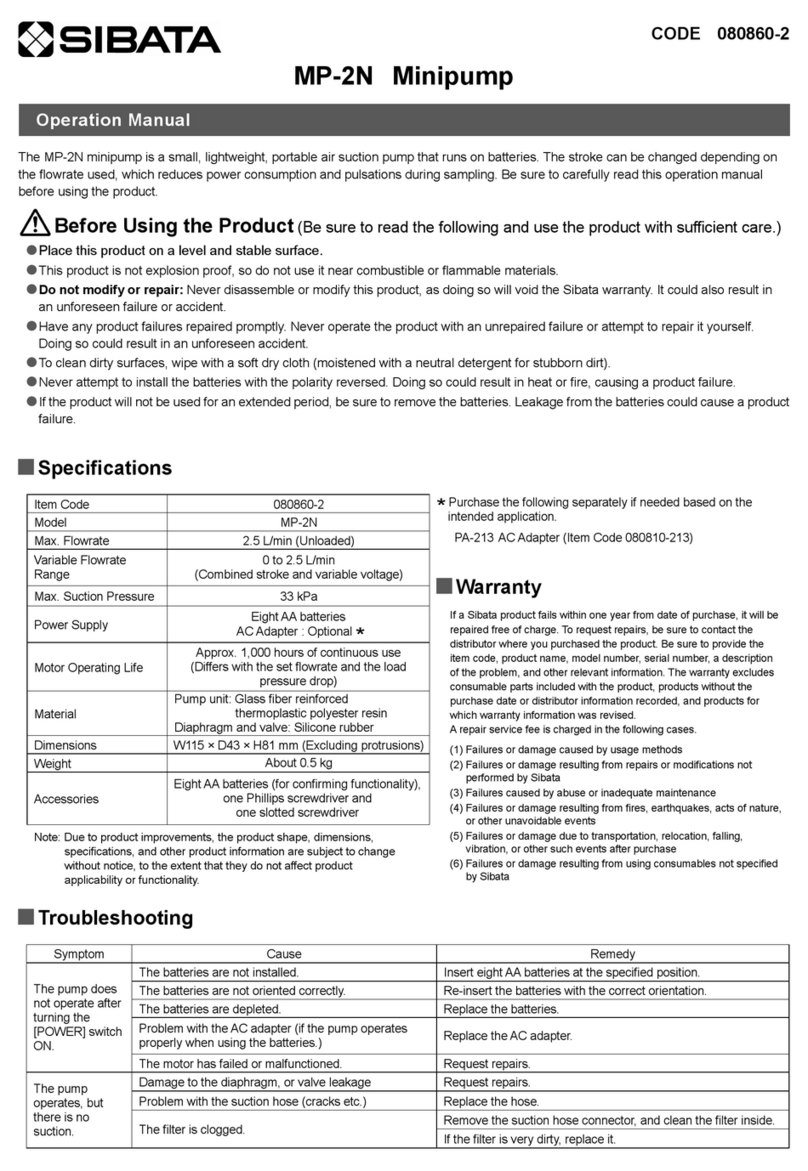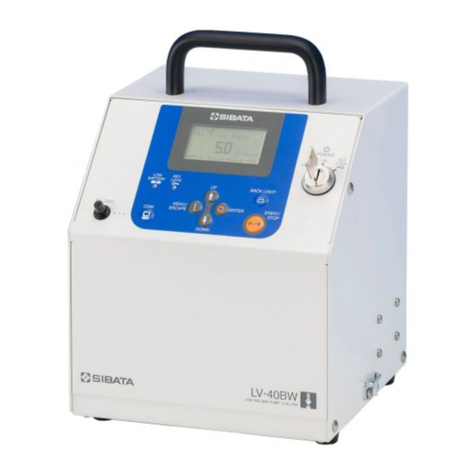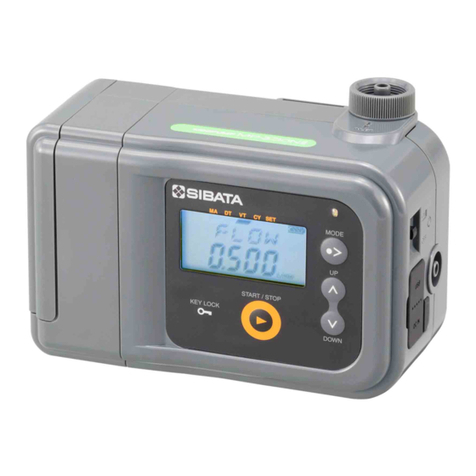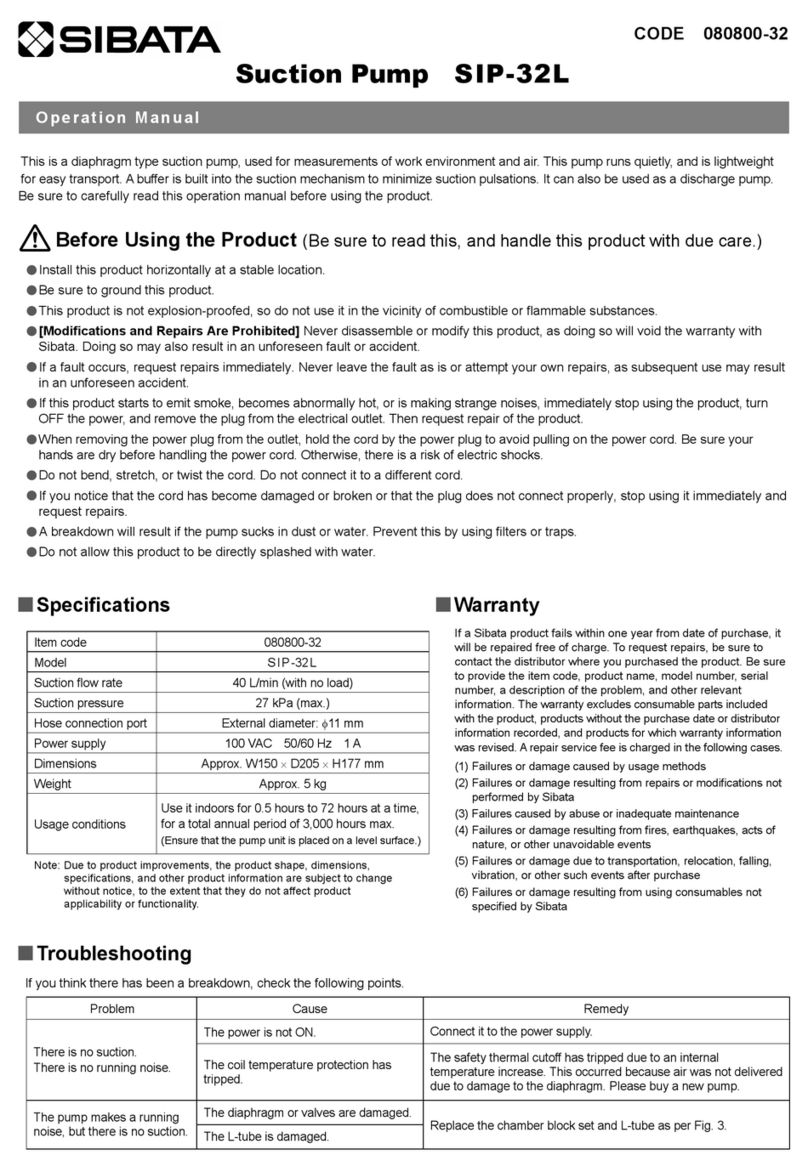
2
Table of Contents
1 Introduction.....................................................................................................4
1.1 Notation Method in this Manual ................................................................... 4
1.1.1 Danger, Warning, Caution, and Note ................................................. 4
1.1.2 Important and Hint ............................................................................ 4
1.1.3 Symbols............................................................................................ 4
1.2 Checking Package Contents ....................................................................... 5
1.3 Definition of Applicable Users...................................................................... 5
2 Safety Precautions..........................................................................................5
3 About this Product..........................................................................................9
3.1 Overview..................................................................................................... 9
3.2 Features ..................................................................................................... 9
3.3 Names of Parts ..........................................................................................10
3.3.1 Main Unit .........................................................................................10
3.3.2 LI-30 Battery Unit (Sold Separately).................................................10
3.3.3 Control Panel...................................................................................11
4 Preparation before Use................................................................................. 12
4.1 Preparing the Power Supply .......................................................................12
4.1.1 Installing/Removing the Battery Unit ................................................12
4.1.2 Connecting the AC Adapter and Power Cord ....................................13
4.2 Switching the Power ON/OFF.....................................................................14
4.3 [HOME] and [MENU] Screens.....................................................................14
4.4 Checking the Battery Charge Level ............................................................15
4.5 Checking and Setting Date and Time Values ..............................................16
4.6 Attaching/Detaching the Air Intake Holder ..................................................17
4.7 Connecting a Sampler to the Pump ............................................................18
4.7.1 Checking the Intake Pressure ..........................................................18
4.7.2 Liquid Collection ..............................................................................18
5 Specifying Sampling Parameter Settings .................................................... 19
5.1 [FLOW] ......................................................................................................19
5.2 [START] .....................................................................................................19
5.3 [STOP].......................................................................................................20
6 Sampling ....................................................................................................... 21
6.1 Starting Sampling.......................................................................................21
6.2 Screen Information during Sampling...........................................................21
6.2.1 Exceeding the Maximum Displayable Instantaneous Flowrate ..........22
6.2.2 Exceeding the Maximum Displayable Accumulated Flowrate or
Sampling Time.................................................................................22
6.3 Pausing, Resuming, or Stopping Sampling .................................................22
6.4 Checking Sampling Results........................................................................23
7 Useful Functionality...................................................................................... 24
7.1 Interval Timer .............................................................................................24
7.1.1 Overview of Actions .........................................................................24
































